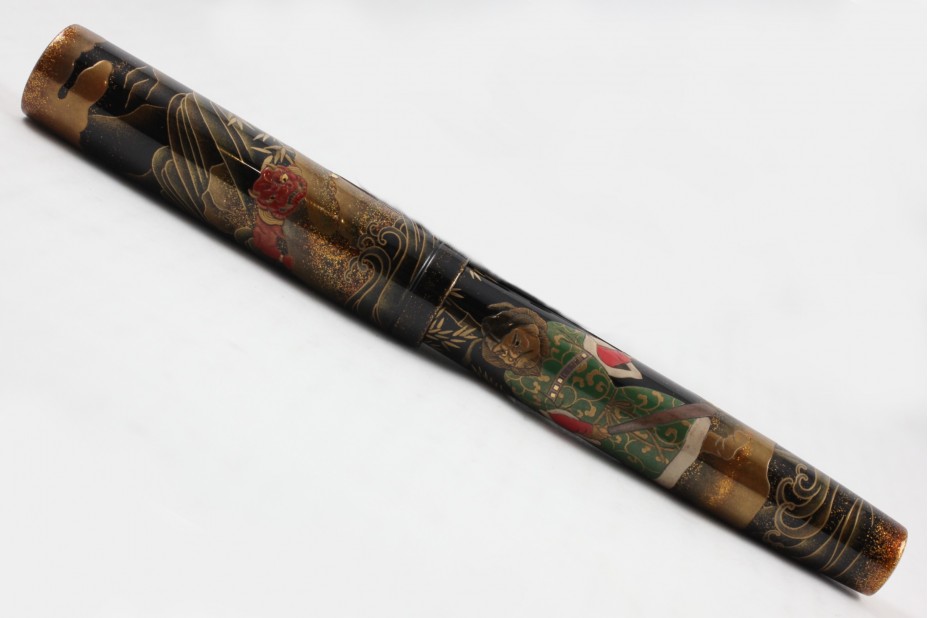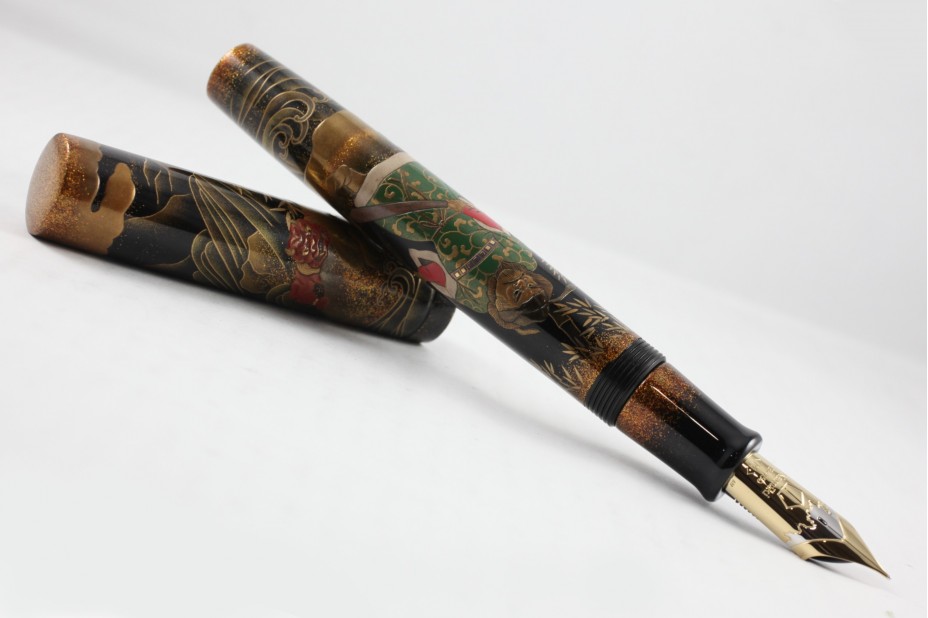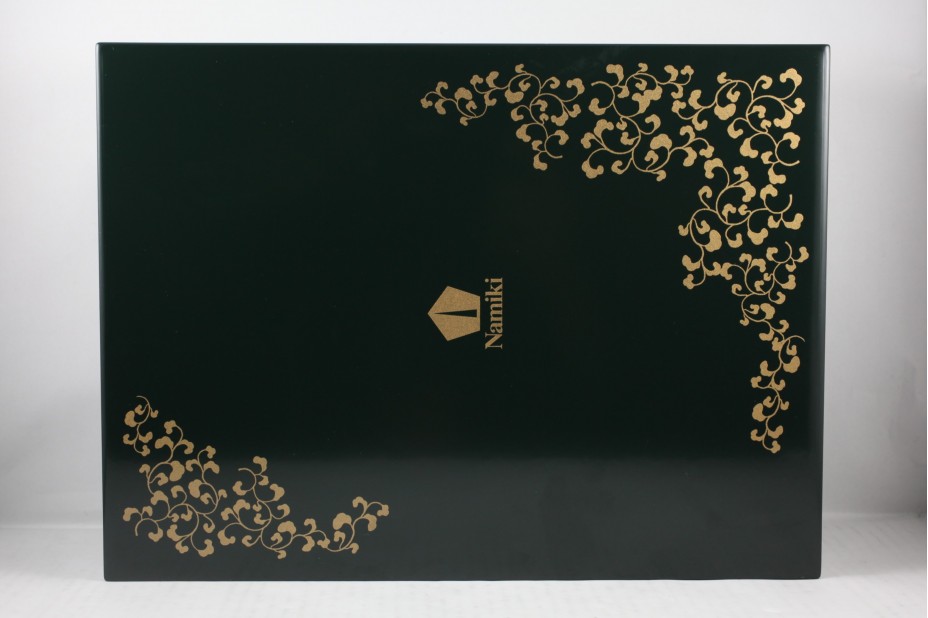NAMIKI
Shoki (鍾馗) is a deity from China’s Taoist pantheon who was depicted often in Edo-period (1615-1868) Japanese sculptures and paintings, but one who is today largely neglected. Legends about Shōki reportedly first appear in Tang-era (618-907) Chinese documents. The deity reached Japan by at least the late Heian Period (794 to 1185), for the oldest extant image of Shōki in Japan is a scroll at the Nara National Museum dated to the reign of Emperor Goshirakawa (1127-1192). Numerous legends surround Shōki in Japan and the West. The most widespread is: Dates back to China’s Tang Dynasty (618–907), the sixth Tang emperor, Xuanzong became ill, he had a nightmare in which he was possessed by evil spirits. In the dream, a large demon appeared and vanquished the evil spirits with ease, Xuanzong then asked the large demon to identify himself, and the demon gave his name as Shoki. After awoke from his nightmare, Xuanzong's illness has recovered. To remember this mysterious event, he immediately had an artist draw a Shoki. Xuanzong later discovered that the artist’s drawing depicted Shoki exactly as he had appeared in the dream. It is said that, from that time on, Xuanzong worshipped Shoki as a deity. The 2019 Namiki limited edition Emperor Maki-e Shoki fountain pen features a flat top design and has been decorated with maki-e by the skilled artisan Yutaka Sato from Kokkokai. At the center of the scene is a Shoki depicted using Taka Maki-e (Raised Maki-e) and thereby bestowed with an overwhelming presence. The bamboo accents are depicted in Togidashi Maki-e (Burnished Maki-e), the rocks and clouds wherein the evil spirits are hiding are expressed in Shishiai Togidashi-Taka Maki-e (Combined Raised and Burnished Maki-e), which require sophisticated techniques to accomplish. Despite being in the background, the techniques used give these elements and accents an overall sense of three-dimensionality. The pen fitted with 18k gold nib in size #50, large capacity barrel fills with ink via eyedropper. It is limited to 99 pieces worldwide, housed in a special presentation box, finished in the same dark green lacquer as the Shoki’s Kimono and adorned with an arabesque design, and a bottle of black ink included.









